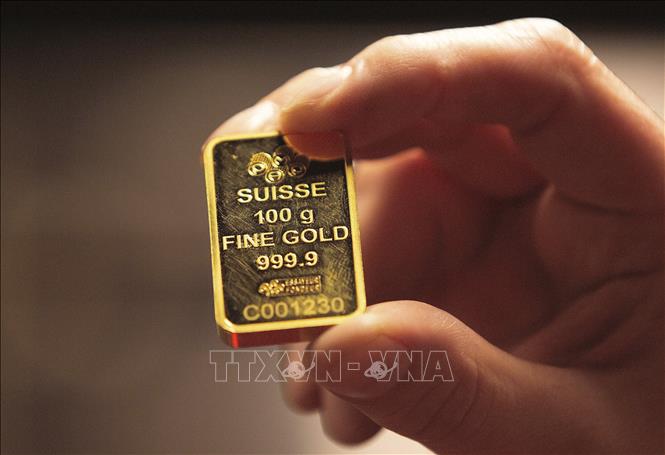 Gold bars are sold in Dublin, Ireland. Photo: AFP/TTXVN
Gold bars are sold in Dublin, Ireland. Photo: AFP/TTXVN
Gold price "dancing"
The world gold price surpassed the important milestone of 2,900 USD/ounce for the first time in the session of February 10 and is on an upward trend. The main driving force for this increase is the demand for safe havens, when Mr. Trump made threats to impose new taxes, increasing concerns about the risk of trade war and inflation. Specifically, the gold price at times reached 2,911.30 USD/ounce. From the beginning of 2025 to this session, the world gold price has increased by about 10%. In the past 12 months, the gold price has increased by about 45%.
This price increase is driven by many factors, notably the role of gold as a "safe haven" in the context of increasing geopolitical and economic instability. US President Donald Trump's announcement that he would impose an additional 25% tax on all imported steel and aluminum, along with China's retaliatory tariffs on US goods, has escalated the trade war between the world's two largest economies, causing investors to become more concerned and seek gold.
The tariff news was the main driver of gold prices, said Bob Haberkorn, market strategist at RJO Futures. In addition, a weaker US dollar also supported gold prices, making the precious metal more attractive to international investors.
Central banks are buying gold in large quantities, seeing it as a safe haven investment amid political and economic uncertainty. New data shows that the People's Bank of China (PBoC) was a net buyer of gold for the third month in January 2025, despite record high prices. The PBoC's gold reserves increased by 0.16 million ounces. The PBoC resumed net gold purchases in November 2024, after a six-month hiatus. Prior to that, the bank had 18 consecutive net gold purchases.
According to the latest annual report of the World Gold Council (WGC), gold prices have set a record 40 times in 2024, when global gold demand reached a historic peak of 4,974 tons. This trend continues into 2025.
According to Phillip Streible, chief strategist at Blue Line Futures, the continuous rise in gold since December 2024 could create a new effect, pushing prices to higher levels. He predicts that gold prices could reach $3,250-3,500/ounce in the near future.
Many new concerns
However, the rising gold price is having mixed effects on the jewelry industry, especially at major gold trading centers such as Hatton Garden (London).
Naqash Anjum, owner of Touch of Gold, a jewelry store, said that many pieces of jewelry that were once affordable have become too expensive, causing sales to decline. There are more people wanting to sell gold than buying it, which is affecting jewelry sales, especially during holidays like Valentine’s Day.
According to the WGC, global jewelry demand fell 11% in 2024, although total spending on the precious metal still increased by 9%, reflecting the rise in gold prices.
Not only affecting the jewelry industry, President Trump's tariff policy also caused a wave of gold shifting from the UK to the US.
Concerns about a drop in US supply if Mr Trump’s sweeping tariffs make gold imports more expensive have made gold more expensive in the US than elsewhere.
The Bank of England, the world’s second-largest holder of gold reserves, has seen a surge in demand for gold withdrawals. The BoE’s gold withdrawal windows are full as traders rush to ship gold to the US to take advantage of the price advantage. BoE Deputy Governor Dave Ramsden said the BoE’s gold reserves have fallen by about 2% since the end of 2024.
In Japan, rising gold prices and a recovery in tourism following the COVID-19 pandemic have led to a surge in gold smuggling. Japanese customs are stepping up border controls as smuggling methods become more sophisticated, such as hiding gold powder in clothing.
Unpredictable outlook
While gold prices continue to hit new highs, experts are also warning about potential risks. The Hong Kong-based "Morning Alliance" newspaper said that the recent surge in gold prices could be due to speculative activities, taking advantage of Mr. Trump's inauguration and Lunar New Year to push gold prices up. Once the gold price approaches or exceeds the threshold of $3,000/ounce, if there are no major economic or geopolitical fluctuations, the gold price could fall sharply. Regular investors are advised not to follow the crowd, avoiding the situation of "buying at the top, selling at the bottom".
Despite the warnings, many experts believe that gold prices will continue to remain high in the near future. Hong Dong Hee, senior investment strategist at Standard Chartered Bank Korea, predicts that the upward trend in gold prices will continue in the first half of 2025, thanks to expectations of the US Federal Reserve (Fed) easing policy and demand for safe-haven assets during Mr. Trump's second term. In his view, investors will find gold attractive when the Fed cuts interest rates because bond and savings account yields will fall, offsetting the opportunity cost of holding the non-yielding precious metal. They can increase their gold holdings in dollars, thanks to the Fed's monetary easing policy and the depreciation of the USD.
However, the gold market still has many uncertain factors, especially unpredictable developments in US tariff policy and the US-China trade war. Investors need to closely monitor these developments to make appropriate investment decisions.
Minh Hang/Vietnam News Agency (Synthesis)
Source: https://baotintuc.vn/thi-truong-tien-te/thi-truong-vang-lai-len-con-sot-20250215081724644.htm








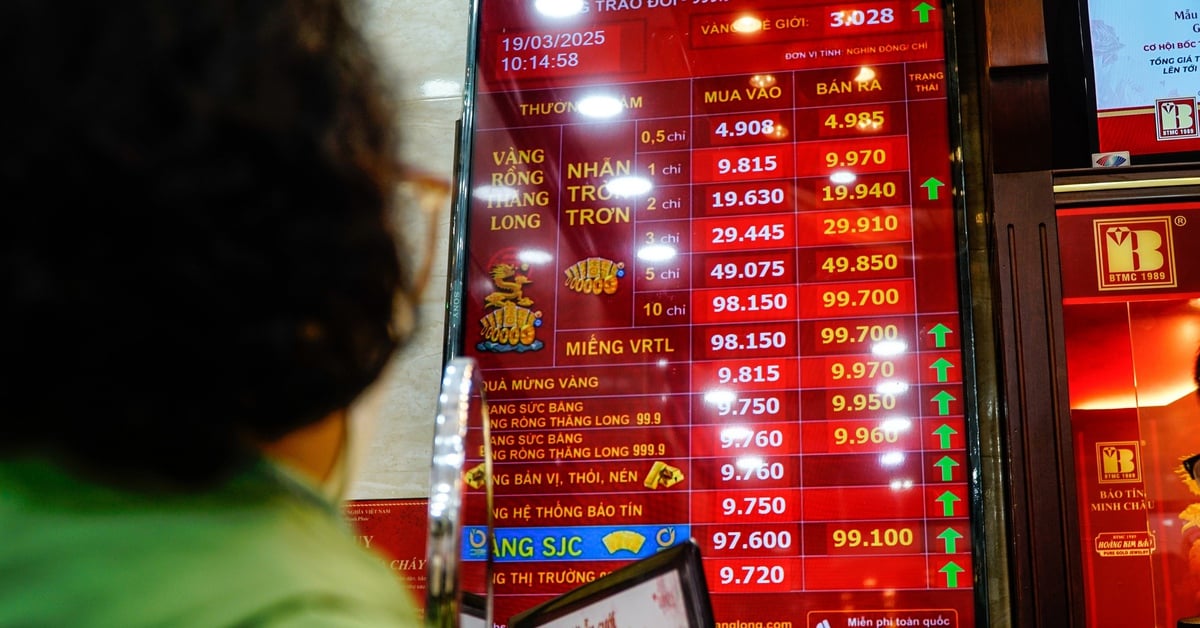



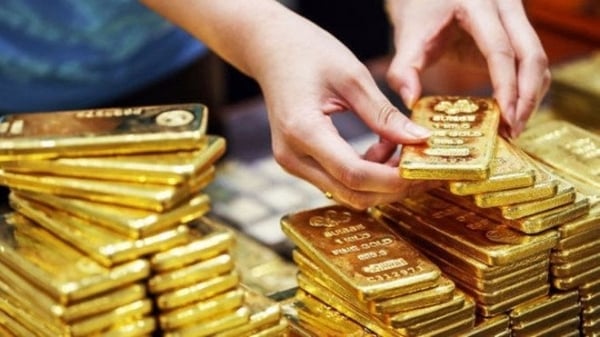



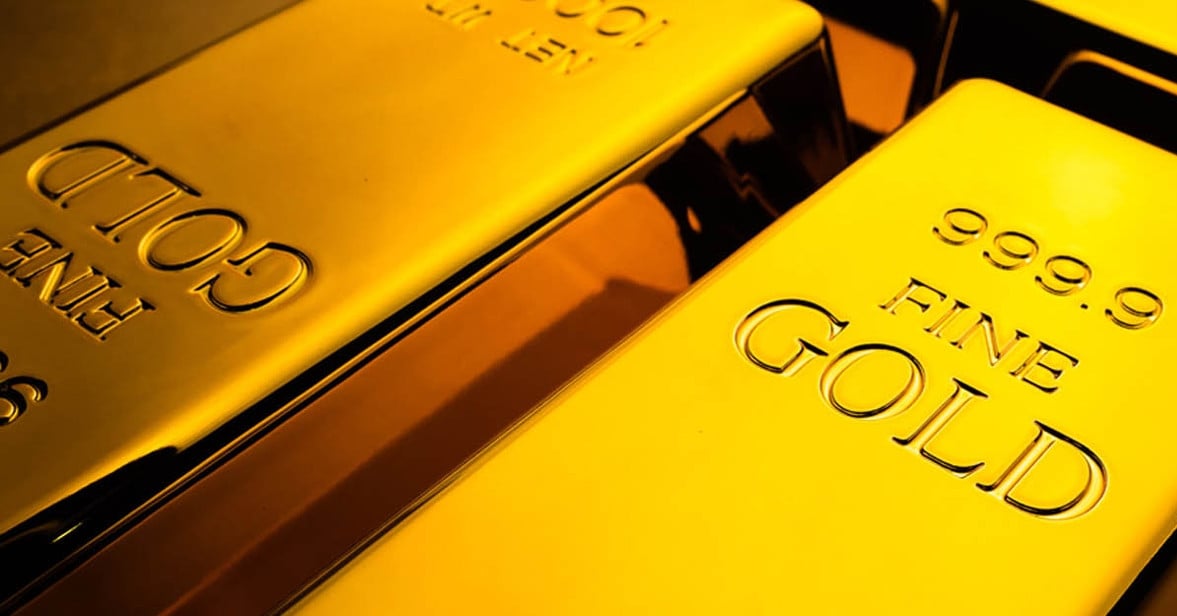
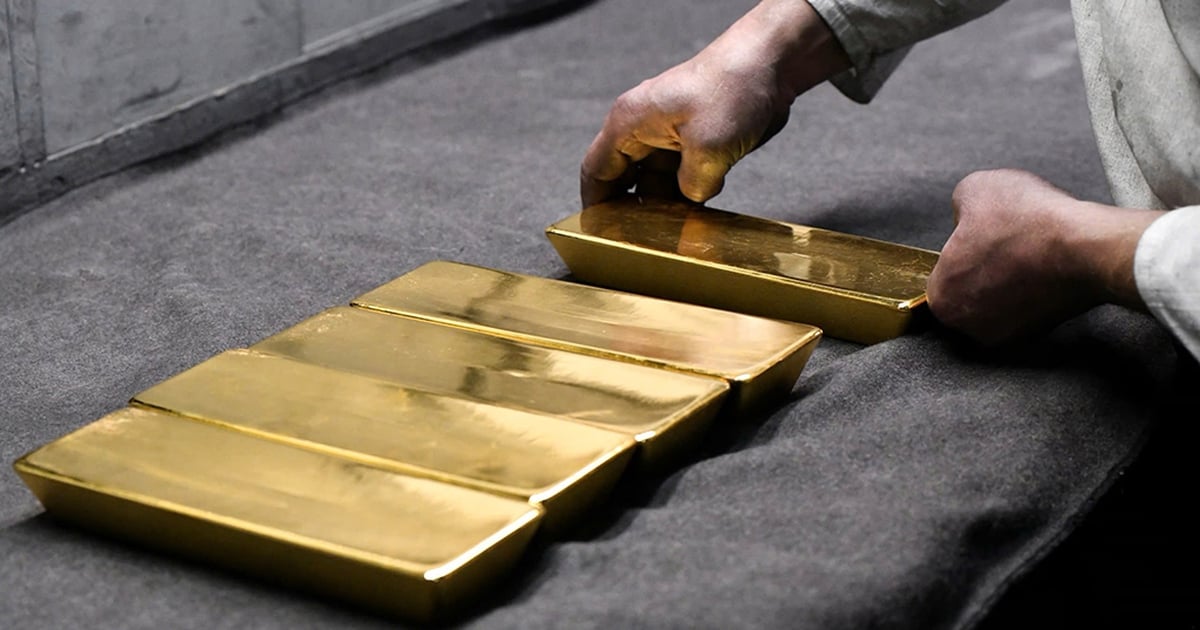





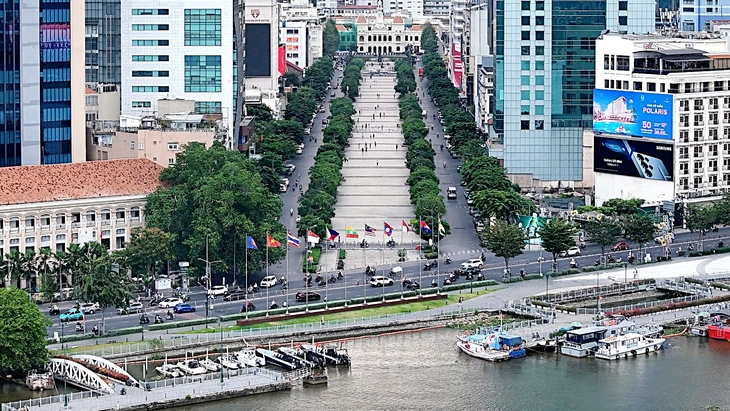



































































Comment (0)